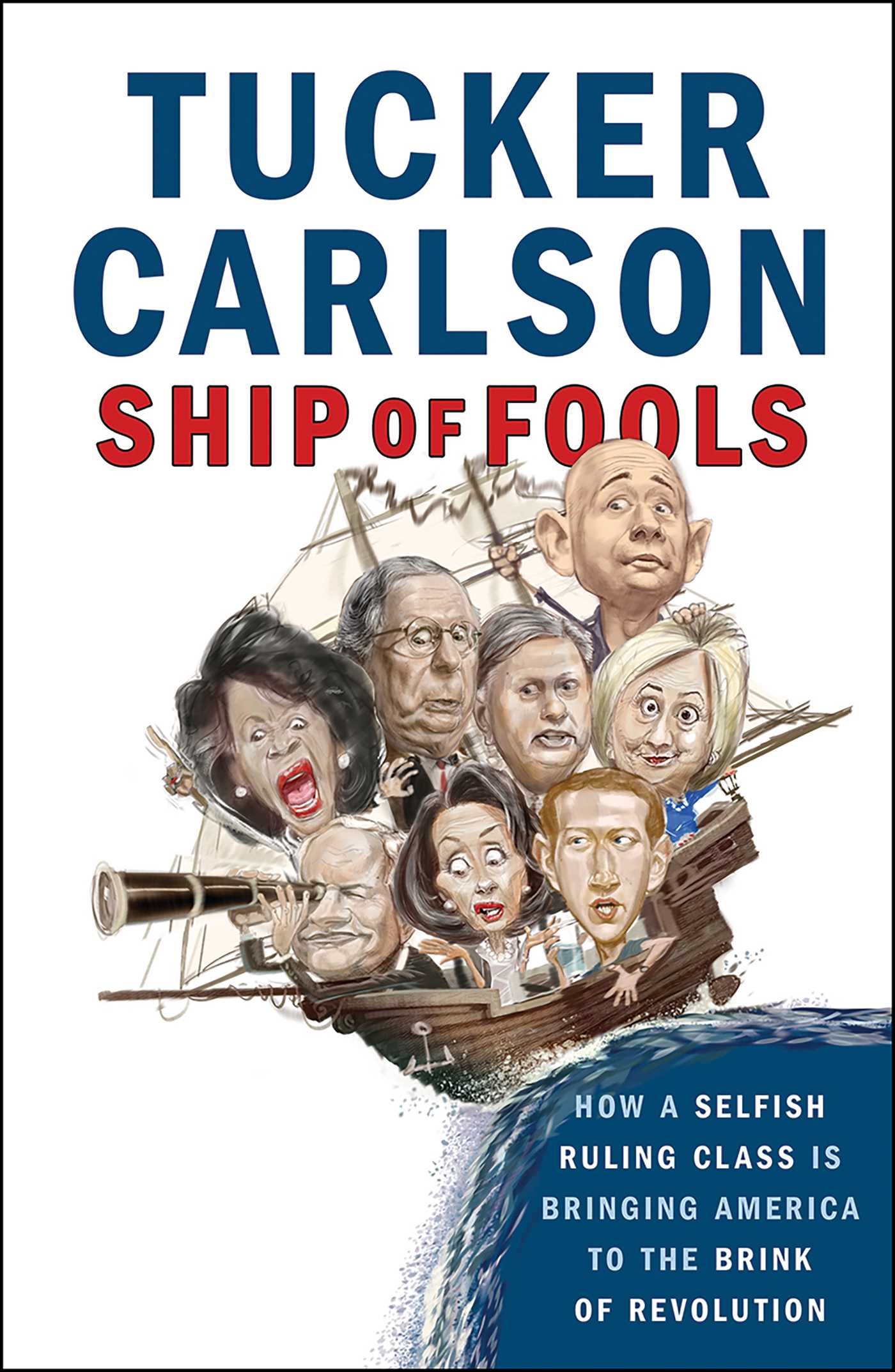Economics in One Lesson: The Shortest and Surest Way to Understand Basic Economics
“The art of economics consists in looking not merely at the immediate but at the longer effects of any act or policy; it consists in tracing the consequences of that policy not merely for one group but for all groups.”
So writes Henry Hazlitt in chapter one of his classic, Economics in One Lesson. I first read this book at age 17, after I had seen it praised in an Ayn Rand publication. Hazlitt’s book gave me my first strong grasp of basic economic reasoning. It made total sense to me: it was logical, factually based, and calmly reasoned. What was not to like?
Hazlitt did for twentieth-century economic journalism what his intellectual forefather, Frédéric Bastiat, did in early nineteenth-century France: He wrote in prose so clear that his ideas seem obvious. Reading it again from cover to cover after these many years was a rare treat. In 214 pages Hazlitt demolishes fallacy after fallacy. To document his tour de force in a complete way would cause me just to repeat much of his lucid reasoning. Therefore, I shall highlight some of the best examples, ones that are just as relevant in 2004 America as they were in his day.
A typically clear bit of reasoning is in chapter 6, “Credit Diverts Production.” In that chapter, Hazlitt demolishes the case for government lending to favored industries. He points out that whereas private lenders seek to lend to those who have a high probability of repaying, governments often lend on fuzzier criteria. The result is that capital is diverted from good risks to not-so-good risks, which means that capital is wasted. If government did use the same strict standards that private lenders use, Hazlitt writes, there would be no good argument for government lending. In making his case, he points out that private lenders are selected by “a cruel market test.” If they make bad mistakes, he notes, they are unlikely to have much money to lend in the future. Government lenders, by contrast, are either those who have passed civil-service exams and know how to answer hypothetical questions hypothetically, or those who can give the most plausible reasons for making loans and the most plausible explanations of why it wasn’t their fault that the loans failed.
One of Ludwig von Mises’s major contributions to the discussion of economic policy was his demonstration of how one government intervention often causes destructive consequences that the government recognizes and then tries to correct by intervening further, causing more destructive consequences, leading to more intervention, and so on. Hazlitt, a friend of Mises who learned a great deal from the Austrian master, applies his insight in the chapter on government credit. Hazlitt shows that government credit leads to favoritism and to recriminations whenever the taxpayers’ money is thrown away on enterprises that fail. Because government loses taxpayers’ money, Hazlitt writes, some people demand socialism, arguing that if taxpayers take the risks, why should private capitalists who got the cozy loans be able to take the profits? This increased demand for socialism is an unintended, and destructive, consequence of the original government loan program.
Another Hazlitt example of a government program whose unintended negative consequences lead to more intervention and more unintended negative consequences is the American government’s subsidy of cotton in the 1950s. By fixing the price of cotton at a high level and offering to buy any amount not sold in the market, the government caused a huge oversupply. By August 1, 1956, the government had amassed a record 14,529,000 bales of cotton, more than a full year’s normal production and consumption. So, to make cotton competitive in world markets, it offered a subsidy of 6 cents a pound to cotton exporters. The unintended, but completely predictable, result was that foreign textile producers got cotton at a lower price than U.S. producers did, which hurt U.S. textile producers.
Rent Control
Hazlitt’s chapter on rent control is a high point of the book. In it Hazlitt covers virtually all the bases. First he shows how rent control, by keeping the rent below free-market levels, creates shortages. It also causes wasteful use of space, since families in rent-controlled apartments who need less space are less likely to move, because they might end up in a higher-priced, but smaller, non-rent-controlled apartment. Next, Hazlitt notes, because rent control also reduces the incentive to build new rental apartments, governments often exempt new construction from the controls. But builders are not stupid. They fear, justifiably, that once their apartments are built, governments, no matter what their promises, will proceed to impose controls on the new apartments. In fact, this is just what has happened in New York City.
That’s not all. Rent control discourages landlords from remodeling and even maintaining apartments, thus creating ill will between tenants and landlords. Legislatures often respond by removing rent control from “luxury” apartments, while keeping it on low-grade apartments. The unintended result: builders are encouraged to build more luxury apartments and discouraged from building more low-cost housing. Hazlitt also points out that the tenants who benefit from rent control are often wealthier than the landlords who lose. And people in other businesses who support rent control because they care about tenants “do not go so far as to suggest that they themselves be asked to assume part of the tenant subsidy through taxation.” Instead, the burden “falls on the single small class of people wicked enough to have built or to own rental housing.”
One other virtue of Economics in One Lesson is Hazlitt’s careful weaving of interesting historical facts with basic economic theory. In chapter 7, “The Curse of Machinery,” for instance, Hazlitt takes on the argument that the introduction of machinery causes massive unemployment. He uses as an example the story of the cotton-spinning machinery invented by Richard Arkwright in 1760. At that time, notes Hazlitt, there were in England 5,200 spinners using spinning wheels and 2,700 weavers—a total of 7,900 people producing cotton textiles. Workers opposed Arkwright’s machinery because they thought it threatened their livelihood. Yet just 27 years later, in 1787, the number of people producing cotton textiles had risen to 320,000, an increase of about 4,000 percent. (For some reason, the figure 4,400 appears in the book.)
Why the big increase? Precisely because of the machines. Hazlitt traces out the increased productivity from the machines’ introduction, and then the lower prices of cotton textiles due to competition among various textile producers. The lowering of prices to a fraction of their previous level caused sales of cotton textiles to mushroom, and with it, employment. Hazlitt points out, though, that it is mistaken to think that the primary result of the machines was to create jobs. Rather, the primary result was to increase production and bring down prices, thus increasing standards of living. “It is no trick,” he notes, to employ everybody. Even the most primitive economies had full employment. What they didn’t have was high living standards. Interestingly, Hazlitt documents that even Gunnar Myrdal, who won the Nobel prize in economics along with Friedrich Hayek in 1974, opposed the introduction of labor-saving devices in underdeveloped countries because he thought they decreased the demand for labor.
Hazlitt does more than lay out basic economics and explode the fallacies behind various beliefs in government intervention. He also explains why much of the bad thinking is so widespread. In chapter 1, “The Lesson,” Hazlitt notes that the inherent difficulties in understanding economics are multiplied a thousand times “by a factor that is insignificant in, say, physics, mathematics or medicine—the special pleading of selfish interests.” No group is out lobbying for us to doubt whether gravity exists, some California bumper stickers to the contrary. But slick, well-paid, plausible-sounding lobbyists do try to make us doubt whether we’re better off buying goods cheaper from foreign countries, because these spokesmen represent powerful interests whose jobs and wealth depend on persuading us that free trade causes losses.
In chapter 25, “The Lesson Restated,” Hazlitt writes that the failure to see the subtle, long-term consequences of a government action is “an almost inevitable result” of the division of labor. With an extensive division of labor, each person typically specializes in producing one good while buying thousands of goods, and so, when the price of the good he produces falls, he tends to think this is a bad thing. But if the fall is due to, say, improved technology or a new opening to trade, it is a good thing, not for him, but for the society generally. Division of labor obscures this fact.
Although professional economists might be tempted to dismiss a book that claims to teach economics in one lesson, the fact is that few professional economists have ever read Hazlitt’s book. More’s the pity. Even some professional economists who pick it up might, I suspect, dismiss it as obvious and unsubtle. But what it really is is obvious and subtle—obvious because Hazlitt makes things so clear; subtle because his clarity helps him untangle otherwise complicated issues, such as the one discussed in the previous paragraph. As the famed H. L. Mencken wrote about Hazlitt on the book’s jacket, “He is one of the few economists in human history who could really write.” Indeed, were 100 professional economists to stop writing their abstract economics articles and, instead, start writing as clearly as Hazlitt on the same subjects he wrote on, the world would become dramatically more informed about economics, and well could become freer as a result. I’d settle for ten such economists.
Postscript
My article for a Hazlitt birthday is not complete without a personal recollection. I met Henry Hazlitt and his lovely wife, Frances, in June 1974 at the first Austrian economics conference in South Royalton, Vermont. The main thing I remember about him is what a nice man he was: charming, polite, and curious. At the time, I had a large head of dark-brown curly hair. When I was sitting talking to Frances, she ran her hand through my hair affectionately, smiling and joking about how much hair I had. I still get a surge of pleasure when I think of that two-second event.
Book Review from The Freeman, by David R. Henderson
Tags: Economics in One Lesson: The Shortest and Surest Way to Understand Basic Economics, Henry Hazlitt
- The Author

Henry Hazlitt
Henry Hazlitt was a well-known journalist who wrote on economic affairs for the New York Times, the Wall Street Journal, and Newsweek, among many […] More about Henry Hazlitt.
- Related Articles

The Top 5 Economic Conservative Books of All Time
Are you interested in free markets and getting government out of the marketplace? If so check out our 5 Best[...]
Ratings Details














